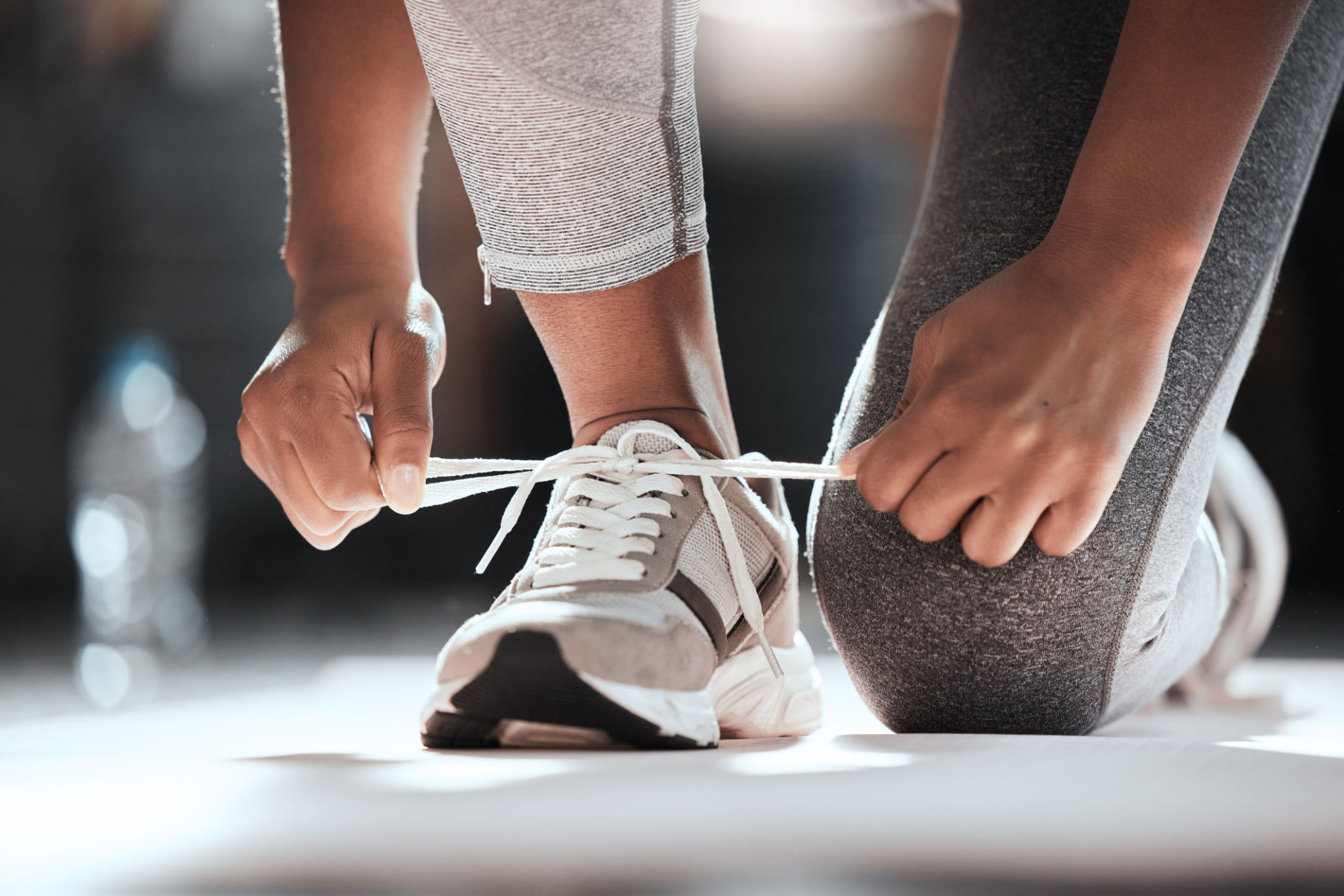DIY Home Workouts for Aspiring Athletes
Why DIY Home Workouts?
The appeal of DIY home workouts has surged in recent years, offering aspiring athletes a convenient and cost-effective way to stay fit. With the right approach, you can achieve significant results without stepping foot in a gym. Flexibility and accessibility are two major benefits, allowing you to exercise whenever it fits best into your schedule.
Another advantage is the ability to tailor workouts to your specific needs and goals. Whether you're focusing on building strength, improving endurance, or enhancing flexibility, DIY workouts can be customized to suit your athletic aspirations.

Setting Up Your Space
Creating a dedicated workout space at home is crucial for maintaining motivation and consistency. You don't need much—just enough room to move freely and store essential equipment. Consider using a spare room, garage, or even an outdoor area if weather permits.
Investing in some basic equipment can enhance your home workouts. Items like resistance bands, dumbbells, and a yoga mat can be invaluable. Start small and gradually expand your collection as you progress.

Designing Your Workout Routine
When designing your workout routine, it's important to focus on a balanced mix of exercises that target different muscle groups. A well-rounded program includes:
- Strength Training: Incorporate exercises like squats, lunges, push-ups, and planks.
- Cardio: Include activities such as jumping jacks, burpees, or running in place.
- Flexibility: Add stretching or yoga to improve range of motion and prevent injuries.
Scheduling is key. Aim for at least three to four workout sessions per week, alternating between different types of exercises to keep your routine engaging and effective.

Staying Motivated
One of the challenges of DIY workouts is staying motivated over time. Setting clear goals can help maintain focus. Whether it's running a certain distance or lifting heavier weights, having a target keeps you on track.
Tracking your progress is another effective strategy. Use a fitness app or journal to record your achievements and reflect on improvements. This can provide a sense of accomplishment and encourage you to push further.

Safety First
While DIY workouts are convenient, safety should always be a priority. Ensure you're using proper form for each exercise to prevent injuries. If you're unsure about technique, consider consulting online tutorials or fitness professionals.
Listening to your body is crucial. If you experience pain (beyond the usual muscle soreness) or discomfort during an exercise, stop immediately and reassess your approach.
Adapting to Challenges
Life can be unpredictable, and sometimes your workout plans might be disrupted. Adaptability is key in maintaining consistency. If time is short, opt for shorter but intense sessions. If you're traveling, utilize bodyweight exercises that require minimal space and equipment.
Engage with online fitness communities for support and inspiration. Sharing experiences and tips with fellow aspiring athletes can provide new ideas and boost your motivation.
